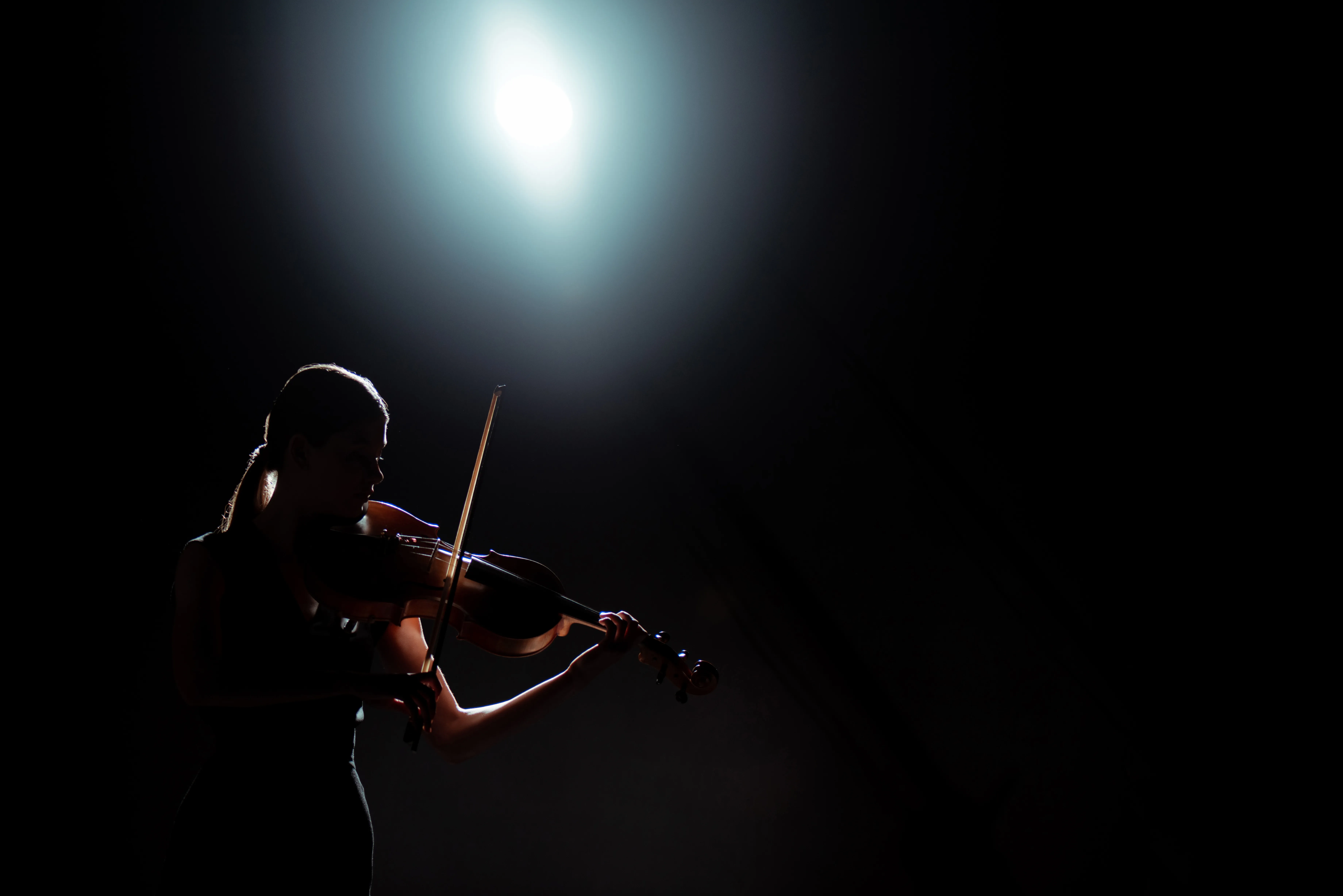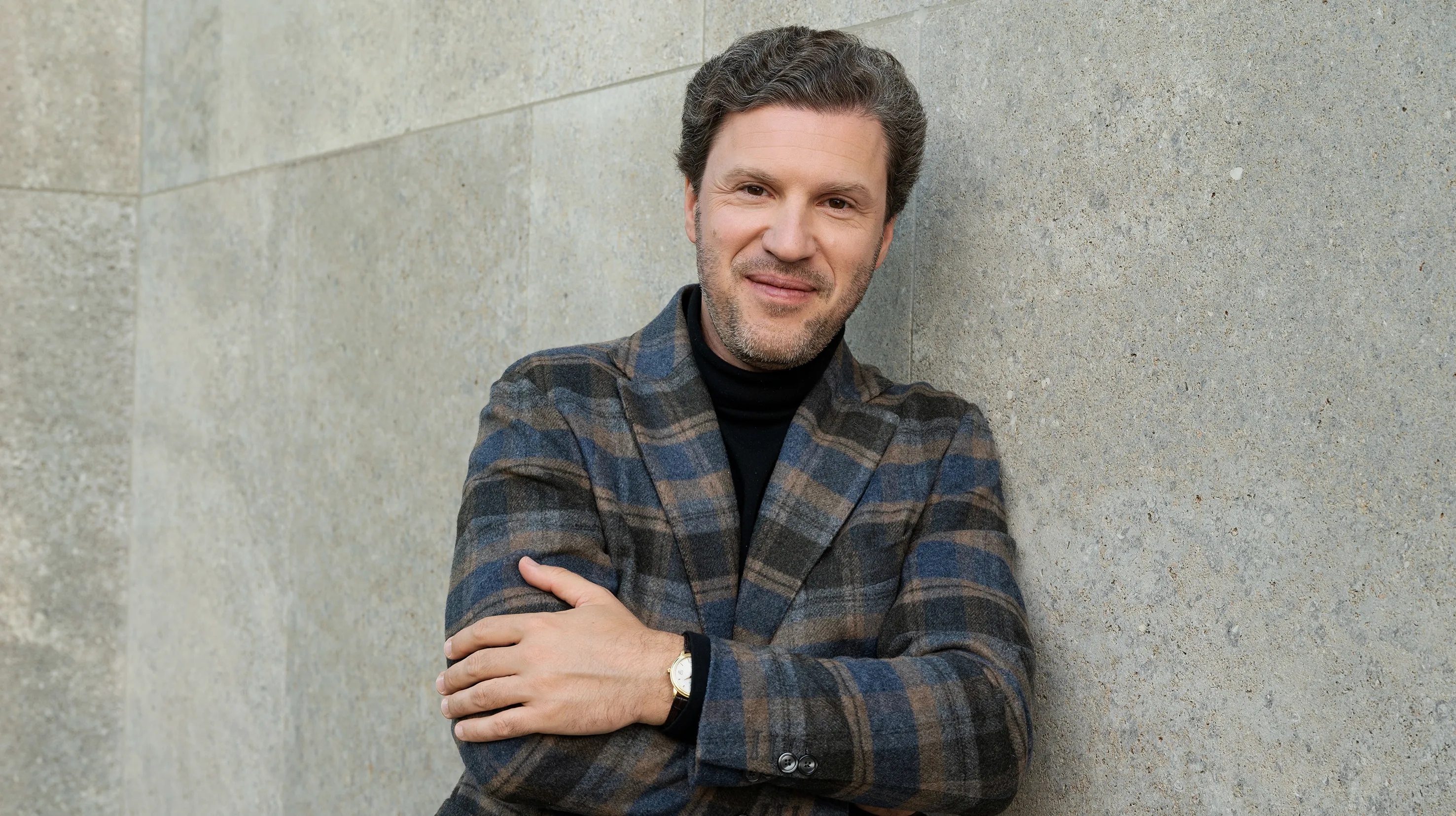The power of the invisible: How software optimizes your intralogistics
Laden Sie unseren Kalender herunter
Schritt 1:
Öffnen Sie Ihren Kalender in Outlook unter https://outlook.office.com/calendar.
Unter Windows können Sie auch Ihr Outlook-Programm nutzen. Die nötigen Schritte weichen dann ggf. leicht ab.
Schritt 2:
Klicken Sie auf Kalender hinzufügen und wählen Sie Aus dem Internet abonnieren.
Schritt 3:
Fügen Sie folgenden Link ein und klicken Sie auf Importieren.
https://outlook.office365.com/owa/calendar/d35c67af88f64628a6018dbceff8877f@synaos.com/8d78e80490b8462db720d7687cbe5c204542545792701501371/calendar.ics
Geschafft! Ab sofort profitieren Sie von unsere Events-Kalender und sind immer über die aktuellsten Intralogistik-Events in 2024 informiert.
Schritt 1:
Öffnen Sie Google Calendar unter http://calendar.google.com.
Schritt 2:
Gehen Sie in die Einstellungen und klicken Sie unter Kalender hinzufügen auf Per URL.
Schritt 3:
Fügen Sie folgenden Link ein und klicken Sie auf Kalender hinzufügen.
https://outlook.office365.com/owa/calendar/d35c67af88f64628a6018dbceff8877f@synaos.com/8d78e80490b8462db720d7687cbe5c204542545792701501371/calendar.ics
Geschafft! Ab sofort profitieren Sie von unsere Events-Kalender und sind immer über die aktuellsten Intralogistik-Events in 2024 informiert.
Wenn Sie kein Outlook oder Google Calendar nutzen, funktioniert das Hinzufügen des Kalenders ggf. etwas anders. Sie können diese allgemeinen Schritte befolgen, um unseren Events-Kalender Ihrem Kalender-Programm hinzuzufügen.
Bei Schwierigkeiten können Sie auch Ihre IT-Abteilung um Hilfe fragen.
Schritt 1:
Öffnen Sie Ihr Kalender-Programm.
Schritt 2:
Navigieren Sie zu der Stelle in Ihrem Programm, an der Sie einen Kalender hinzufügen können. Dies ist häufig in den Einstellungen oder der Menüleiste zu finden.
Schritt 3:
Wählen Sie die Option, bei der Sie einen Kalender aus dem Internet/per URL (oder ähnlich) abonnieren können und fügen Sie an der Stelle folgenden Link ein.
https://outlook.office365.com/owa/calendar/d35c67af88f64628a6018dbceff8877f@synaos.com/8d78e80490b8462db720d7687cbe5c204542545792701501371/calendar.ics
Geschafft! Ab sofort profitieren Sie von unsere Events-Kalender und sind immer über die aktuellsten Intralogistik-Events in 2024 informiert.

March 2024, large NDR broadcast room in Hanover. Stanislav Kochanovsky conducts the NDR Radio Philharmonic Orchestra only with the movements of his hands. A complex masterpiece, full of subtleties and secrets. While silent people sit behind the various instruments in the orchestra, their interplay appears to be directed by an invisible force. Each of them knows when to play which notes. Conductor Kochanovsky seems to form beat, rhythm and sound in the air.
Anyone who not only listens to an orchestra, but also watches it, discovers the magic: Carefully arranged people sit there, whose eyes oscillate precisely between the conductor and pages built up in front of them.

And these sheets contain the whole secret on five lines: keys, oval dots and symbols whose placement and concatenation dictate when which sound is to be produced by whom and at what length. Written in his own, standardized language that every musician in the world speaks fluently: music notation.
That Master Conductor Kochanovsky and his orchestra can concentrate on playing live like And not what It is therefore due to the fact that the music has already gone through a process through which automated intralogistics has only just begun to maneuver itself: The agreement on uniform communication standards between its actors.

The universal “music notation” interface makes orchestras highly efficient and interoperable. It ensures that its individual members complement each other, replace each other at very short notice and can understand each other even without a single syllable of their mother tongue
“What is really important when conducting? Here's to dialogue with musicians. As a conductor, I must enable an orchestra to find its own voice, to become unmistakable,” says the designated NDR chief conductor Kochanovsky.

Stanislav Kochanovsky: “What is really important when conducting? Here's to dialogue with musicians. As a conductor, I must enable an orchestra to find its own voice, to become unmistakable. ”
In a sense, operators of mobile robot fleets face the same challenge. They too must not only assemble their transport vehicle ensemble, but also enable communication. And that goes beyond the “languages” that manufacturers provide to their robots in the form of onboard software.
Form individualists into a finely tuned, harmoniously interacting orchestra. That is exactly what intralogistics can and must learn from music.
Schließen Sie sich 1.000+ Intralogistik-Insidern an, die Insights direkt per E-Mail erhalten.





